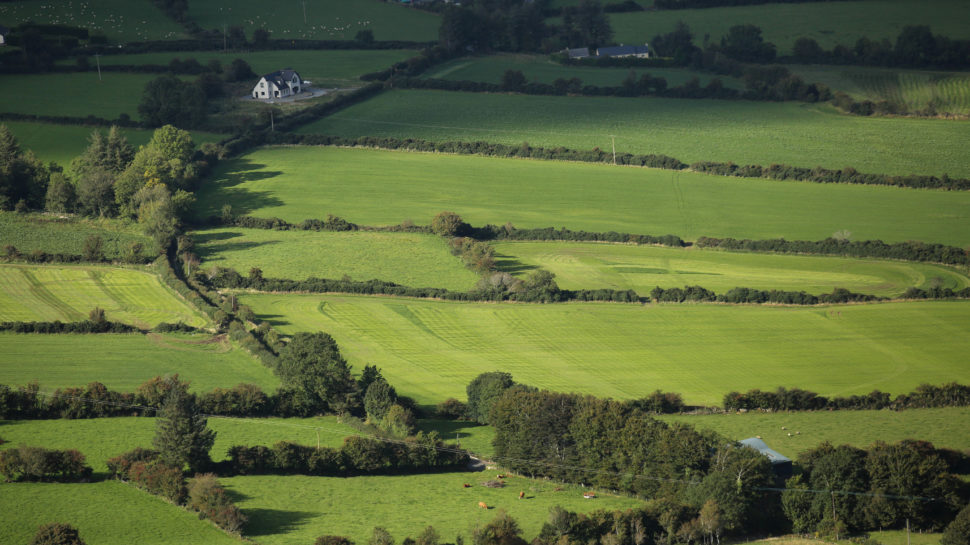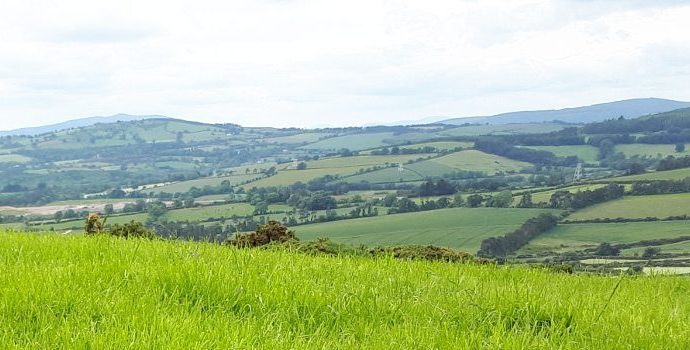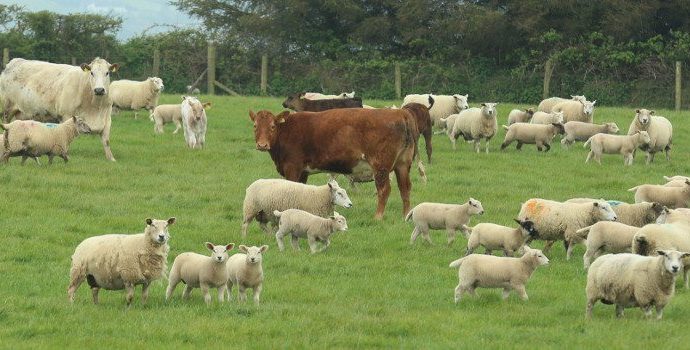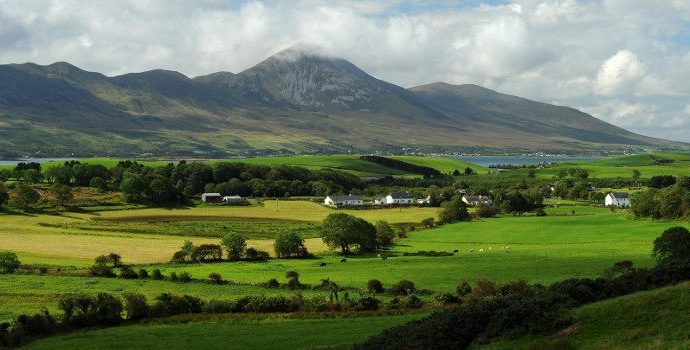Larger Budget & More Flexibility Needed for ACRES Scheme

Following a meeting with the Department of Agriculture in relation to the proposed new ACRES scheme, IFA Rural Development Chairman Michael Biggins said it’s far from a ‘new REPS’ and has little in common with the original REPS scheme unless the budget is improved and more flexibilities are provided for actions within the scheme.
“As it’s currently proposed, ACRES is restrictive and complicated. It will inflict more compliance costs on farmers, resulting in less income. The scheme is designed to discourage people from farming. In order to achieve the average payment, farmers will have to commit more land to lower levels of production compared to previous schemes.”
Michael Biggins said that all farmers must be accepted into the scheme and those applying in 2023 must be paid in the same year.
“There is a real concern about income if there is a lag between GLAS and ACRES, which will be caused by the tranche approach. Not accepting all participants into the scheme in 2023 is totally unacceptable. GLAS/ACRES payments are a critically important part of farmers’ incomes. It is essential that all applicants under all tranches receive a payment in 2023,” he said.
“I am calling on the Minister for Agriculture Charlie McConalogue to allocate additional money and to ensure all valid scheme applications are accepted while also ensuring that no farmer is left without an environment scheme payment for 2023. This can be done by either rolling over 12,000 GLAS 3 participants for 2023, or alternatively by paying an upfront payment in 2023 for Tranche 2 ACRES participants, similar to the way REPS payments were in the past.”
It is proposed that up to 20,000 farmers, in eight areas identified by the Department, would receive an ACRES payment of up to €10,500, with an average payment of €7,400.
They will participate in the Scheme through co-operative project teams. The remaining farmers would participate in the general option and will receive a maximum payment of approximate €7,311, with an average payment of €5,000.
Low Input Permanent Pasture (LIPP), which was a very important measure for farmers in GLAS, has been seriously curtailed and consequently farmers are left with the option of a prescription-based measure with much lower payment rates or a results-based measure which will also mean reduced payments for the measure.
“Payment rates and more flexibility for farmers to choose measures suitable for their farms must be improved upon. The payment rate of €10,500 per farmer cannot be limited to just 20,000 farmers in the co-operative areas,” he said.
The Rural Development Chairman said that farmers in the co-operation zones must be given more flexibility to choose general actions and should not be limited to result-based measures plus non-productive investments and landscape actions.
IFA Hill Committee Chairman Cáillin Conneely said the overall maximum payment rate of €10,500 in the co-operation zones, which includes non-productive investments, is simply not enough and represents a cut when compared to previous schemes. It’s unacceptable to ring fence €7,000 for results-based and general actions while also setting it as a maximum before adding non-productive investments and landscape actions.
Cáillin Conneely said that in GLAS, farmers on Natura 2000 land received a payment based on the designation, but ACRES requires farmers on designated land to select an action to qualify for payment. Farmers on designated land already have to deal with extra restrictions and compliance costs associated with the designations and ACRES as it is currently proposed will add additional requirements to these farmers. Designated land should qualify for payment without a farmer incurring additional costs and farmers should not be forced to accept additional requirements to receive payment.
Michael Biggins concluded, “if the scheme is to live up to expectations, payment rates for all measures must be improved upon and the payment rate of €10,500 per farmer for the co-operative areas should also be available to farmers in the scheme general option”.



